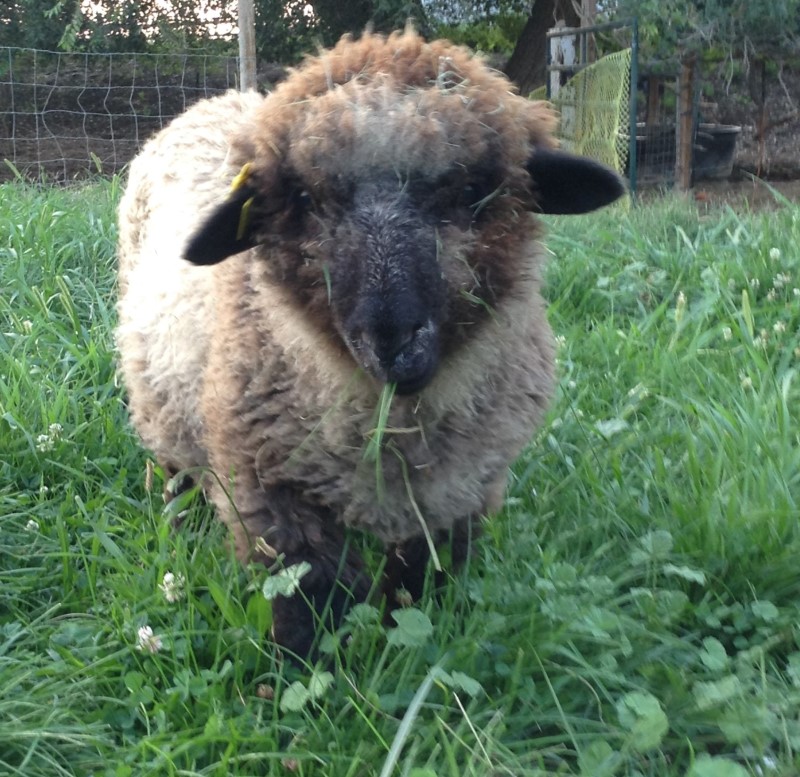
Natural fibers production is very important for local communities because it provides a lot of work in rural communities all over the world. This work is literally from the ground up and not only helps rebuild local economies but also helps rebuild local environments through the animals. There are 3 categories of production work that goes into the fiber before it is passed onto the fiber artist. These are: animal production; shearing; and milling.
Animal Production
Animal production is the first step in producing the fiber. Shepherds care for their animals in all life stages from birth to death and get to know their animals quite well. They need to because fiber animals tend to be very shy about letting their shepherds know that they are sick and a shepherd’s knowledge of what is normal for their animals can be the difference between life and death for the animal. Over the course of the year the work changes for the shepherds from birthing (usually in the spring), to shearing, to grazing to breeding, to winter care and back to birthing.
Animal impact is one of fastest ways to change the land both for good and for ill. Through controlled grazing it is possible to take marginal or misused lands and transform them into fertile land. Animals can also graze land that it is impossible or undesirable to plow allowing extended production. Controlled grazing brings back thriving ecosystems with all levels of animals from bugs to birds to big predators like coyotes. It brings back a wide diversity of plants that not only feed the fiber animals but provide food and shelter for wild life. This is all part of the work of the shepherd as they care for their flock.
Shearing
Shearing is a specialist job with traveling professionals. If you’ve never seen fiber animals being shorn it’s well worth your time to visit a local farm during shearing. It is a beautiful dance between the shearer, the animal, and the blades. Shearing is vital to the health and wellbeing of the fiber animal and it is done as quickly and carefully as possible. The animal walks into the shearing boards weighed down by it’s huge hot winter coat and leaps for joy when shorn. Once the fiber has been clipped it’s gathered up by an assistant and sorted before being bagged for sale. Shearing is a fast passed job but it’s amazing to see all the beautiful fleeces come off the shearing boards.
Milling
After the fiber is shorn and skirted it’s ready to be processed into yarn. Some of this is done by hand by fiber artists and some of it’s done by mills. Fiber mills use machine to process the raw fiber into several products depending on their end market. The first step for the mill is to wash the fiber. This is vital to remove all the dirt and natural oils in the fiber so it can be run through the next processes. Next the fiber is picked to open up the fiber and prepare it for carding. Once the wool is carded it is either put into batts or roving. Batts are used for making quilts or felt sheets. Roving can be sold to hand spinners or it is spun by the mill into yarn. The resulting yarn can either be sold or woven into finished goods.
As you can see natural fibers provide a vital service to local economies and to the environment. It takes skill and care to produce natural fibers and the fiber producers take great pride in their work producing a beautiful product for fiber artists.
Leave a Reply